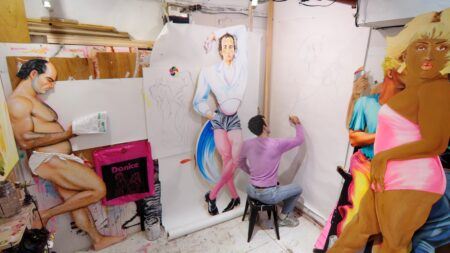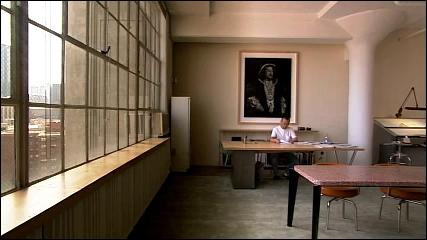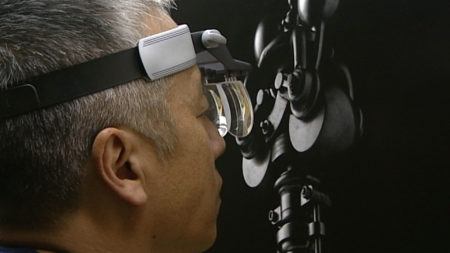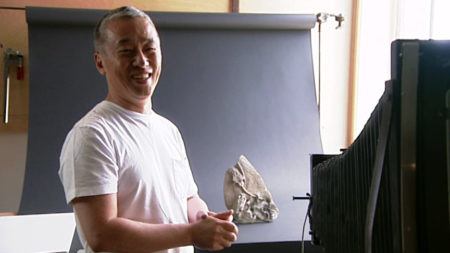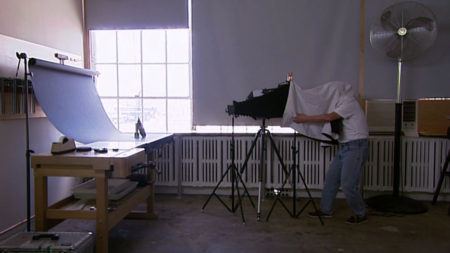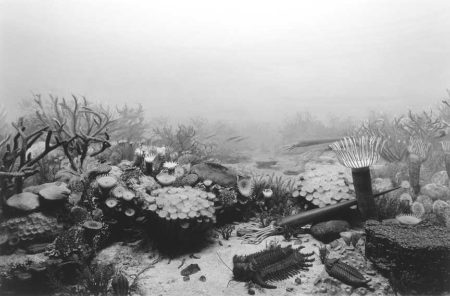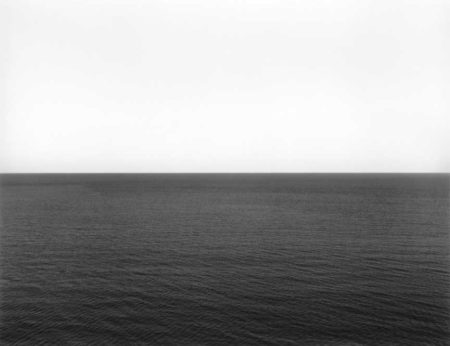Hiroshi Sugimoto

Hiroshi Sugimoto was born in Tokyo, Japan, in 1948, and lives and works in New York and Tokyo. His interest in art began early. His reading of André Breton’s writings led to his discovery of Surrealism and Dada and a lifelong connection to the work and philosophy of Marcel Duchamp. Central to Sugimoto’s work is the idea that photography is a time machine, a method of preserving and picturing memory and time. This theme provides the defining principle of his ongoing series, including Dioramas (1976–), Theaters (1978–), and Seascapes (1980–).
Sugimoto sees with the eye of the sculptor, painter, architect, and philosopher. He uses his camera in a myriad of ways to create images that seem to convey his subjects’ essence, whether architectural, sculptural, painterly, or of the natural world. He places extraordinary value on craftsmanship, printing his photographs with meticulous attention and a keen understanding of the nuances of the silver print and its potential for tonal richness—in his seemingly infinite palette of blacks, whites, and grays. Recent projects include an architectural commission at Naoshima Contemporary Art Center in Japan, for which Sugimoto designed and built a Shinto shrine, and the photographic series, Conceptual Forms, inspired by Duchamp’s Large Glass: The Bride Stripped Bare by her Bachelors, Even.
Sugimoto has received fellowships from the Guggenheim Foundation and the National Endowment for the Arts; in 2001, he received Hasselblad Foundation International Award in Photography. He has had one-person exhibitions at the Metropolitan Museum of Art, New York; the Museum of Modern Art, New York; the Museum of Contemporary Art, Los Angeles; Contemporary Arts Museum, Houston; Museum of Contemporary Art, Chicago; and Hara Museum of Contemporary Art, Tokyo; among others. Hirshhorn Museum and Sculpture Garden, Washington, DC, and Mori Art Museum, Tokyo, were joint organizers of a 2005 Sugimoto retrospective.
Links:
Artist’s website
Videos 5
-
Hiroshi Sugimoto
